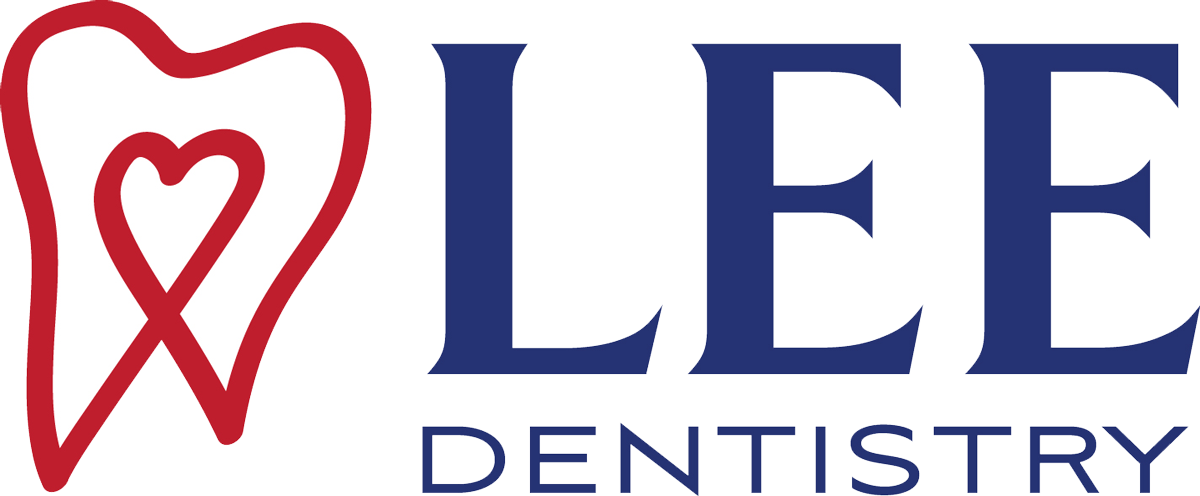All about dental X-rays
There are many oral health conditions that a general dentist can detect on an X-ray. Each patient's unique situation determines how often X-rays are used.
Purpose
X-rays are used to diagnose problems such as gum disease, cavities, and infection. Without this diagnostic advantage, a general dentist may not be able to give the most accurate treatment plan. For example, some cavities start between the teeth and in the beginning stages are only visible on an X-ray. While the tooth may look sound on the surface, the imaging tells a different story. This helps the dentist treat a problem when it is smaller, so the treatment is usually less invasive for the patient. A tooth that needs a filling can eventually need a root canal if left untreated, and the decay can progress quickly in some cases.
Procedure and types of X-rays
Often, a dental hygienist or assistant exposes the X-rays. A lead apron is placed over the patient's abdomen and thyroid because radiation cannot pass through lead. A special sensor captured the X-ray image; it can be a film or digital sensor.
Bitewing X-rays show the spaces between the teeth in detail. Periapical images show the roots of the teeth and can help the doctor diagnose any infection or abscesses. A panoramic exposure shows the general dentist all the teeth, the jawbone, and other supporting structures.
Frequency
The frequency of dental X-rays needed varies for each patient. Typically, bitewing X-rays are taken yearly. A full-mouth series or a panoramic may be taken every three to five years.
However, if you have special circumstances, such as being prone to cavities or at a higher risk for gum disease, X-rays may be warranted more often. For example, your doctor may order more frequent X-rays of any teeth with root canals to check for signs of infection. Those with active periodontal disease may need more frequent films to monitor progression of the disease.
Conclusion
With more access to knowledge about dental X-rays than ever before, patients can feel confident in the safety of this procedure. People are constantly exposed to radiation in environmental sources, and the amount in a dental X-ray is not detrimental to the oral tissues. For patients with concerns about the frequency and use of dental X-rays in their own treatment, a discussion with the dentist is warranted. When both the patient and doctor agree on the treatment presented, a trusting relationship can be formed.
Request an appointment or call Lee Family and Cosmetic Dentistry at 662-546-1143 for an appointment in our Oxford office.
Recent Posts
Maintaining good oral hygiene is an essential part of overall health and well-being. It can prevent issues like tooth decay and gum disease. A general dentist can help educate patients about properly caring for their teeth, treating oral health issues, and more. Here are some practical tips to help you achieve a bright and healthy…
Choosing a general dentist is an important and personal decision. This dental professional plays a significant role in helping you maintain your oral and overall health. Finding the right dentist for you can make all the difference in keeping your teeth and gums healthy. With so many options available, it can be overwhelming to make…
Whether you have not visited the dentist in a long time, have never been, or are simply switching general dentists, it is normal to have questions on your mind. Patients often want to ask about their current oral health, such as whether they need to be worried about cavities or persistent tooth sensitivity. They may…


